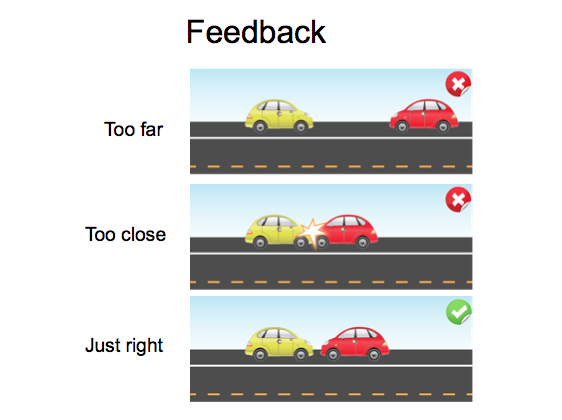
by Annie | Feb 13, 2014 | Game Design, Instructional Design
Ah, eLearning. Unfortunately, when most people come across that term, they immediately groan and roll their eyes, recalling that last boring mandatory online training course in which they spent an hour reading a bunch of seemingly irrelevant text on screen and learning nothing to apply to their day-to-day jobs. But this doesn’t have to be the way it is. Increasingly, eLearning is moving away from the traditional model of content presentation followed by a skills test. Instead, training courses are becoming more exploratory, allowing the learner to try their hand at a real world challenge, make mistakes, and learn the information relevant to the task. Take the example of teaching a learner to use jumper cables. The traditional approach would be to provide learners a manual to read, maybe with a few graphics illustrating the process. If you’re really lucky, you might watch a video showing someone else completing all the steps. However, this doesn’t provide learners with any practice in applying the information and doesn’t provide intrinsic feedback that points to the real world consequences of the learner’s actions. Instead of telling and then testing, exploratory eLearning flips the traditional model on its head. Test first, then tell. In other words, start with the challenge up front, then provide the content in feedback relevant to the learner’s mistakes. In this example, the learner might be tasked with parking their car the correct distance away from the dead car. If the cars touch, they might get a spark and hear a crash. After correctly parking your car, the eLearning might move to a view of the car engines and...


